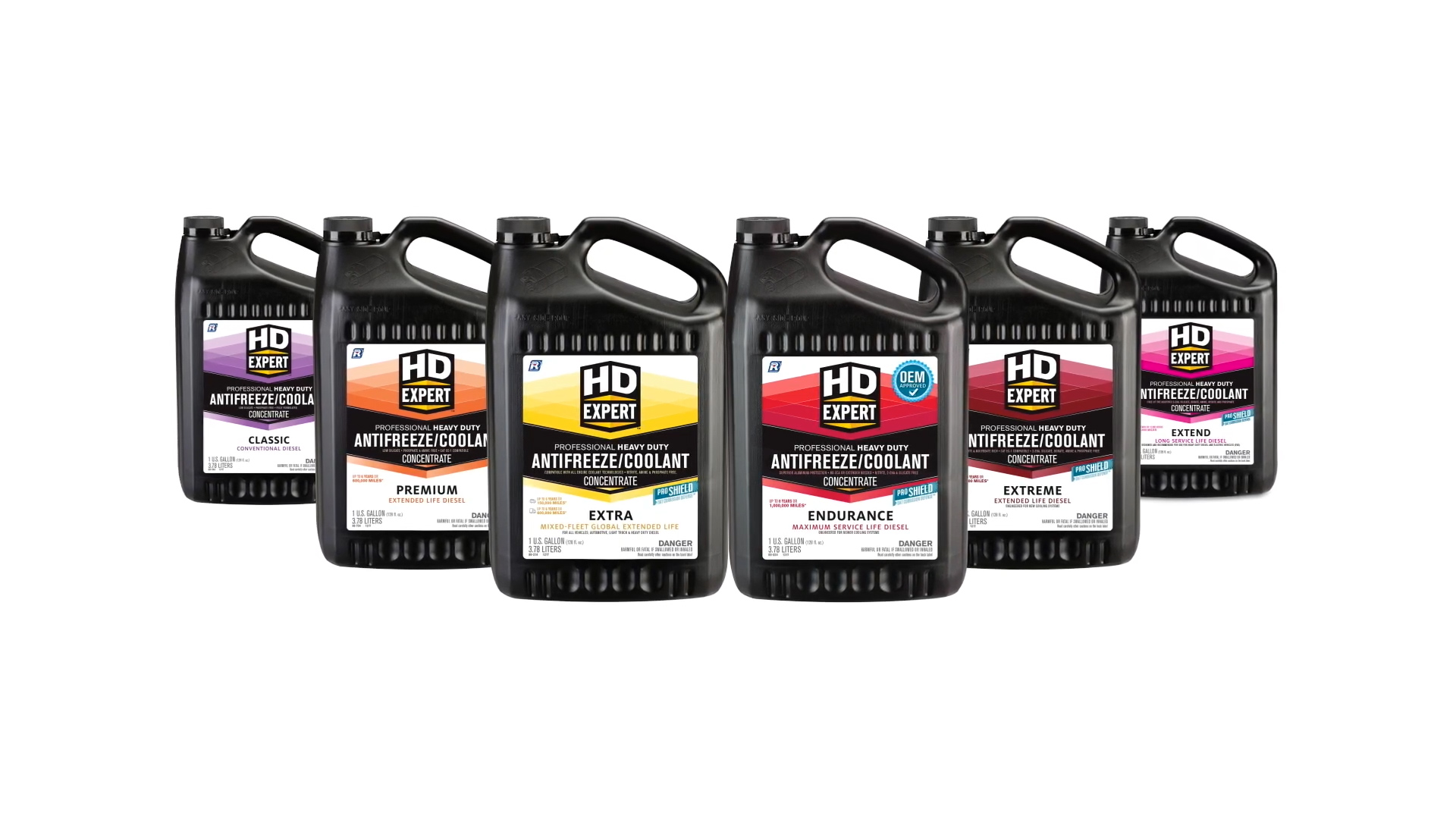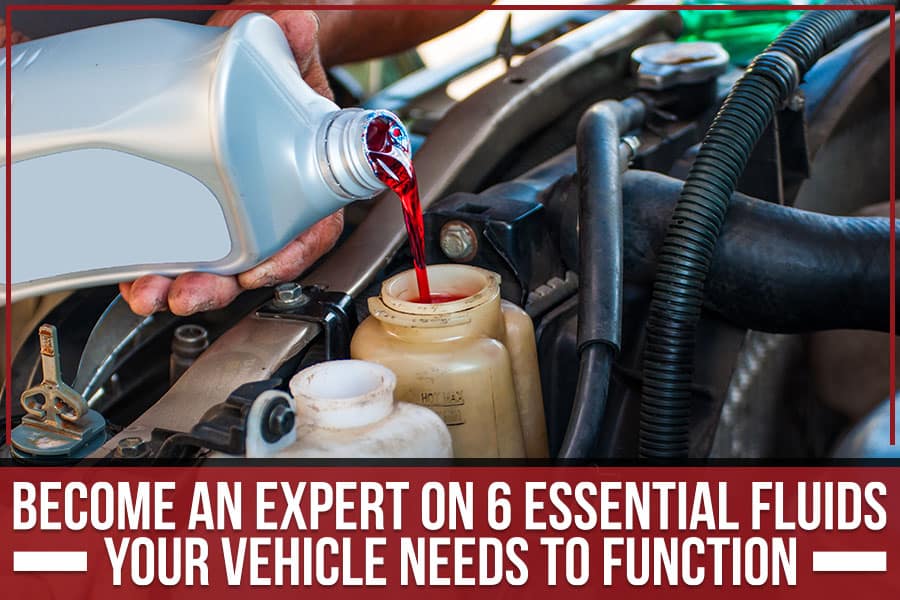- Jeep Cherokee Push Button Start Not Working: Troubleshooting Tips To Get You Back on the Road Fast! - 11 November 2023
- Haval H2 Problems: The Complete Troubleshooting Guide - 11 November 2023
- Gwm P Series Problems: Troubleshooting Guide for Common Issues - 11 November 2023
To remove antifreeze from engine oil, the best solution is to drain out the existing oil and replace it with new oil. This can be done by removing the oil drain plug and letting the contaminated oil drain completely.
Then, replace the drain plug and refill the engine with fresh oil.
Understanding The Antifreeze-engine Oil Contamination Issue
Contamination of engine oil with antifreeze can be a significant problem for vehicle owners. When coolant mixes with engine oil, it can lead to various issues that can affect engine performance and overall vehicle health. It is essential to understand the signs of antifreeze in engine oil and the potential problems it can cause, in order to address the issue effectively.
Signs Of Antifreeze In Engine Oil (e.g., Milky Appearance)
One of the primary signs of antifreeze contamination in engine oil is a milky appearance. If you notice that the engine oil has a thick, frothy consistency and appears milky rather than its normal amber color, it is a clear indication of antifreeze mixing with the oil. This milky appearance is a result of coolant and oil emulsification, which can significantly impact engine performance if left untreated.
Potential Problems Caused By Antifreeze Contamination
Antifreeze contamination in engine oil can lead to various problems that can jeopardize the overall health of the engine. Some potential issues include:
- Reduced lubrication: When coolant mixes with engine oil, it can reduce the lubricating properties of the oil. This can result in increased friction between the moving parts of the engine, leading to accelerated wear and potential damage.
- Increased engine temperature: Antifreeze contamination can also disrupt the cooling system’s ability to regulate engine temperature effectively. This can cause the engine to overheat, leading to potential engine damage or even complete engine failure.
- Damage to engine components: The presence of coolant in the engine oil can corrode internal engine components, such as bearings and seals. This corrosion can compromise their integrity and lead to leaks, decreased performance, and costly repairs.
- Loss of engine power: Due to the reduced lubrication and increased friction caused by antifreeze contamination, the engine may experience a loss of power. This can manifest as decreased acceleration, poor fuel efficiency, and overall reduced performance.
Addressing antifreeze contamination in engine oil is crucial to prevent further damage and ensure the longevity of your vehicle. In the next section, we will discuss step-by-step methods on how to remove antifreeze from engine oil effectively.

Credit: www.traction.com
Confirming The Presence Of Antifreeze In Engine Oil
Confirming the Presence of Antifreeze in Engine Oil
Before you can effectively remove antifreeze from engine oil, it is crucial to first confirm its presence. Antifreeze in engine oil can lead to serious engine damage if not addressed promptly. Thankfully, there are a few simple methods you can use to determine if your engine oil has been contaminated with antifreeze. In this section, we will discuss two effective techniques: checking the engine oil dipstick for signs of contamination and conducting a coolant system pressure test.
Checking The Engine Oil Dipstick For Signs Of Contamination
The engine oil dipstick is a handy tool for assessing the condition of your oil. By carefully examining the oil on the dipstick, you can quickly identify any signs of antifreeze contamination. Here’s how you can perform this simple yet crucial step:
- First, park your vehicle on a level surface and allow the engine to cool down completely.
- Open the hood and locate the engine oil dipstick, which is usually color-coded and labeled for easy identification.
- Remove the dipstick and wipe it clean using a lint-free cloth or paper towel.
- Once cleaned, reinsert the dipstick back into its tube fully.
- Finally, carefully remove the dipstick again and observe the color and consistency of the oil. If you notice a milky or foamy appearance, this indicates the presence of antifreeze in the engine oil.
If the oil on the dipstick appears normal, it is likely that your engine oil is free from antifreeze contamination. However, it is still advisable to proceed with further testing to be absolutely certain.
Conducting A Coolant System Pressure Test
If you suspect antifreeze has made its way into your engine oil, conducting a coolant system pressure test can provide concrete evidence. This method allows you to assess the integrity of your cooling system and identify potential leaks that may be causing the antifreeze contamination. Here’s how you can carry out this test:
- Begin by obtaining a coolant system pressure tester kit, which can be purchased from an automotive supply store.
- Next, ensure the engine is completely cool before opening the radiator cap.
- Attach the pressure tester to the radiator by following the manufacturer’s instructions.
- Pump the pressure tester until the gauge reaches the recommended pressure level, typically specified by the vehicle manufacturer.
- Observe the pressure gauge closely for several minutes. If the pressure begins to drop, it indicates a potential coolant leak.
- Inspect the engine for visible signs of coolant leakage, such as puddles or stains. Additionally, check the engine oil again for any signs of antifreeze contamination.
- If you observe a drop in pressure, coolant leakage, or further evidence of antifreeze in the engine oil, it is important to address these issues promptly to prevent any further damage.
By following these two methods, you can confirm the presence of antifreeze in your engine oil with confidence. Once the contamination is confirmed, it is crucial to take the necessary steps to remove the antifreeze and restore your engine’s performance and longevity.
Steps To Remove Antifreeze From Engine Oil
If you suspect that there is antifreeze in your engine oil, it is crucial to take immediate action to prevent further damage to your engine. Antifreeze in the oil can cause reduced lubrication, increased friction, and potentially lead to engine failure if left untreated. In this guide, we will walk you through the steps to remove antifreeze from engine oil.
Step 1: Drain And Remove The Contaminated Oil
To begin, you will need to drain the contaminated oil from your engine. Make sure the engine is cool before starting this process to avoid any injuries. Here’s how you can complete this step:
- Place a drain pan underneath the oil drain plug to catch the old oil.
- Using a wrench, carefully loosen and remove the oil drain plug.
- Allow the contaminated oil to drain completely into the pan.
- Tighten the oil drain plug back into place once all the oil has been drained.
Step 2: Flush The Coolant System
After removing the contaminated oil, it is essential to flush the coolant system to eliminate any remaining traces of antifreeze. Here’s how you can flush the coolant system:
- Refer to your vehicle’s manual to locate the coolant drain plug or valve.
- Place a container beneath the drain plug or valve to collect the coolant.
- Open the drain plug or valve and allow the coolant to drain completely.
- Once the coolant has been drained, close the drain plug or valve.
- Fill the coolant system with a suitable coolant flush solution according to the manufacturer’s instructions.
- Run the engine for the specified duration mentioned in the coolant flush solution instructions.
- After flushing, drain the coolant flush solution from the system.
- Refill the coolant system with fresh coolant, following the manufacturer’s recommendations.
Step 3: Inspect And Clean Components
After completing the coolant system flush, it is essential to inspect and clean the components that may have been affected by the antifreeze contamination. Follow these steps:
- Inspect the coolant reservoir for any signs of antifreeze residue or contamination.
- If you notice any residue, clean the reservoir with a suitable cleaning solution.
- Inspect the radiator and hoses for any signs of antifreeze contamination or damage.
- If necessary, clean or replace the affected components.
Step 4: Refill With Fresh Engine Oil
Once you have drained the contaminated oil, flushed the coolant system, and inspected/cleaned the components, you are ready to refill your engine with fresh oil. Follow these steps:
- Refer to your vehicle’s manual to determine the recommended type and quantity of oil.
- Locate the oil filler cap on your engine and remove it.
- Insert a funnel into the oil filler hole.
- Pour the fresh oil into the funnel until the recommended oil level is reached.
- Replace the oil filler cap once you have finished pouring the oil.
By following these steps, you can effectively remove antifreeze from your engine oil and protect your engine from potential damage. Remember to consult your vehicle’s manual and follow the manufacturer’s recommendations throughout the process to ensure proper maintenance.
Recommended Products And Techniques For Removing Antifreeze
When dealing with antifreeze contamination in engine oil, it’s crucial to address the issue promptly to prevent any further damage. Luckily, there are effective products and techniques available for removing antifreeze from engine oil. In this section, we’ll explore some recommended products and techniques that can help you restore your engine to its optimal condition.
Exploring Products Designed For Antifreeze Removal
There are several products specifically designed to remove antifreeze from engine oil. These products work by breaking down the emulsified mixture of coolant and oil, allowing for easy separation. Some popular products recommended for this purpose include:
- Sea Foam: Sea Foam is a renowned fuel and oil additive that can effectively remove contaminants, including antifreeze, from the engine oil. By adding Sea Foam to the oil, it helps break down the emulsion, allowing the coolant and oil to separate.
- Oil Flush Solutions: Various oil flush solutions available in the market are specially formulated to remove contaminants, including antifreeze, from the engine oil. These solutions work by circulating through the engine, dissolving and suspending the contaminants for easy removal during the oil change.
Before using any product, it’s important to carefully read and follow the manufacturer’s instructions to ensure safe and effective use.
Techniques For Flushing The Coolant System Effectively
Aside from using specific products, flushing the coolant system is an essential step to eliminate antifreeze contamination from the engine oil. Here are some techniques to help you flush the coolant system effectively:
- Drain and Refill Method: Begin by draining the coolant from the system using the drain plug located on the radiator or engine block. Once the coolant is drained, flush the system with clean water by running the engine for a few minutes or by using a garden hose. Repeat this process until the water runs clear. Finally, refill the coolant system with the appropriate coolant mixture.
- Chemical Flush Method: Alternatively, you can use a chemical flush solution specifically designed to clean the coolant system. Follow the instructions provided on the product’s packaging to effectively flush the system.
Remember to always dispose of the coolant and flush solutions in accordance with local regulations to protect the environment.
Tips For Cleaning Components To Eliminate Residual Contamination
Even after flushing the coolant system and using antifreeze removal products, there may be residual contamination in certain engine components. To ensure complete removal of antifreeze, follow these tips for cleaning components:
- Oil Pan Cleaning: Remove the oil pan and thoroughly clean it to eliminate any lingering antifreeze residue. Inspect the oil pan gasket for signs of coolant leaks and replace if necessary.
- Oil Filter Replacement: Always replace the oil filter during the oil change process to prevent any potential contamination or buildup.
- Crankcase Flushing: Consider using a crankcase flushing product to clean the internal engine components thoroughly. Follow the instructions provided by the product manufacturer for the best results.
By implementing these tips, you can ensure that any residual antifreeze contamination is completely eliminated, allowing your engine to operate at its optimum performance.
Preventing Antifreeze-engine Oil Contamination
To remove antifreeze from engine oil, you can try using products like Sea Foam or flushing the engine with clean oil. You can also pull the oil pan, clean it, and pour fresh oil through it. Remember to change the oil and filter after a short period.
Make sure to confirm the issue first by checking for milky or foamy oil, indicating the presence of antifreeze.
Routine Maintenance Practices To Avoid Antifreeze Contamination
Proper maintenance is essential for preventing antifreeze-engine oil contamination and keeping your engine running smoothly. Here are a few routine maintenance practices to follow:
- Regularly check your coolant system for leaks or cracks that may allow antifreeze to mix with engine oil.
- Ensure that your coolant system is properly pressurized to prevent any leaks or seepage.
- Perform regular oil changes according to the manufacturer’s recommendations to avoid buildup of contaminants.
- Keep an eye on the coolant reservoir and top it up when necessary to maintain the right coolant levels.
- Inspect the radiator and hoses for any signs of damage or wear, and replace them if needed.
How To Properly Handle Antifreeze During Engine Repairs Or Coolant System Maintenance
To prevent antifreeze contamination during engine repairs or coolant system maintenance, it’s important to handle antifreeze properly. Here are a few steps to follow:
- Make sure to drain the coolant system completely before starting any repairs or maintenance.
- Use a suitable container to collect the antifreeze and dispose of it according to local regulations.
- Wear protective gloves and eyewear to avoid any contact with the antifreeze, as it can be harmful if ingested or comes in contact with the skin or eyes.
- When adding new antifreeze, ensure that it is the correct type and mix it according to the manufacturer’s instructions.
- Inspect all connections and hoses to ensure they are secure and not leaking before refilling the coolant system.
By following these steps and practicing proper maintenance, you can prevent antifreeze contamination and ensure the longevity and performance of your engine.
Frequently Asked Questions Of How To Remove Antifreeze From Engine Oil
Can You Separate Antifreeze From Oil?
Yes, antifreeze can be separated from oil. The best way to do this is by draining the engine oil and replacing it with fresh oil. It’s important to check for any signs of coolant in the engine oil, such as a milky appearance or white deposits.
If coolant has entered the oil system, it can lead to reduced lubrication and potential engine damage.
What Happens When Oil And Antifreeze Mix?
When oil and antifreeze mix, it can reduce the oil’s lubricating properties, causing increased friction between moving parts. This can lead to engine damage and failure. Coolant in the engine oil can also create white smoke, milky oil, fouled spark plugs, and additional power failures.
It’s important to address this issue promptly to prevent further damage.
What Happens If Coolant Gets Into The Engine?
If coolant gets into the engine, it can reduce the lubrication of the oil, causing more friction and potential damage to the moving parts. It can also lead to white smoke, milky oil, fouled spark plugs, and engine power failures.
These are warning signs of a possible head gasket issue. It’s important to address this problem promptly to avoid further damage.
Q: Can I Drive With Coolant In My Engine Oil?
A: It is not recommended to drive with coolant in your engine oil as it can cause engine damage and affect lubrication.
Q: How Do I Remove Antifreeze From Engine Oil?
A: To remove antifreeze from engine oil, drain out the existing oil, change the oil filter, and refill with fresh oil.
Conclusion
To remove antifreeze from engine oil, it is crucial to follow the correct steps and precautions. Firstly, confirm the presence of antifreeze in the engine oil by checking for milky or discolored oil on the dipstick. Next, drain out the existing oil and replace it with fresh oil.
It is advisable to change the oil filter as well. After replacing the oil and filter, drive the vehicle for a day and perform another oil change to ensure complete removal of any remaining antifreeze. By following these steps, you can effectively remove antifreeze from engine oil and maintain your vehicle’s performance.


